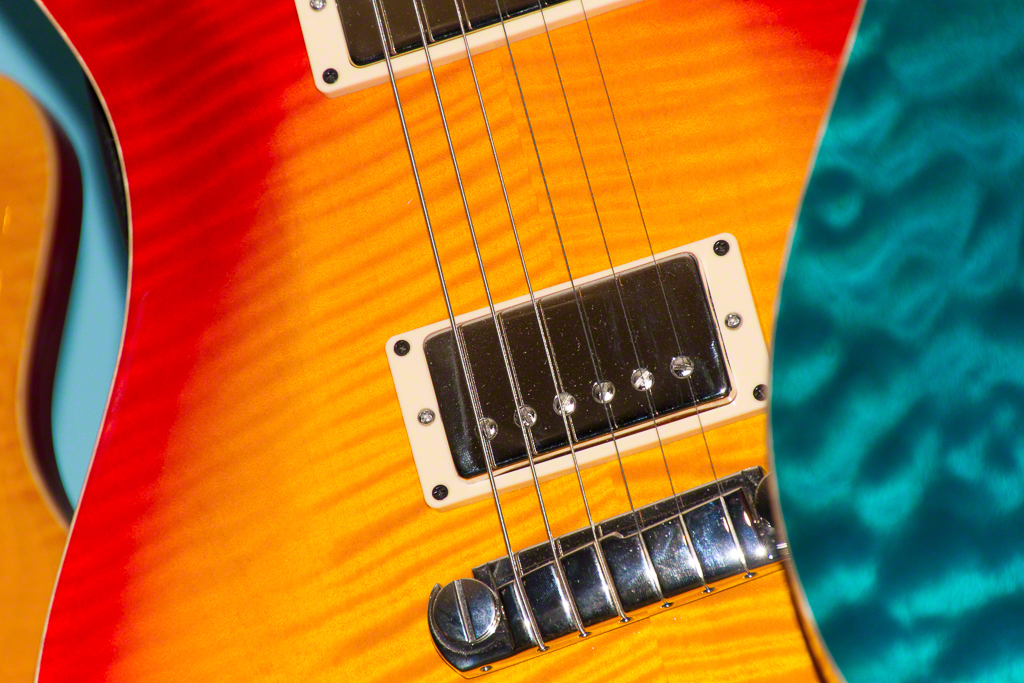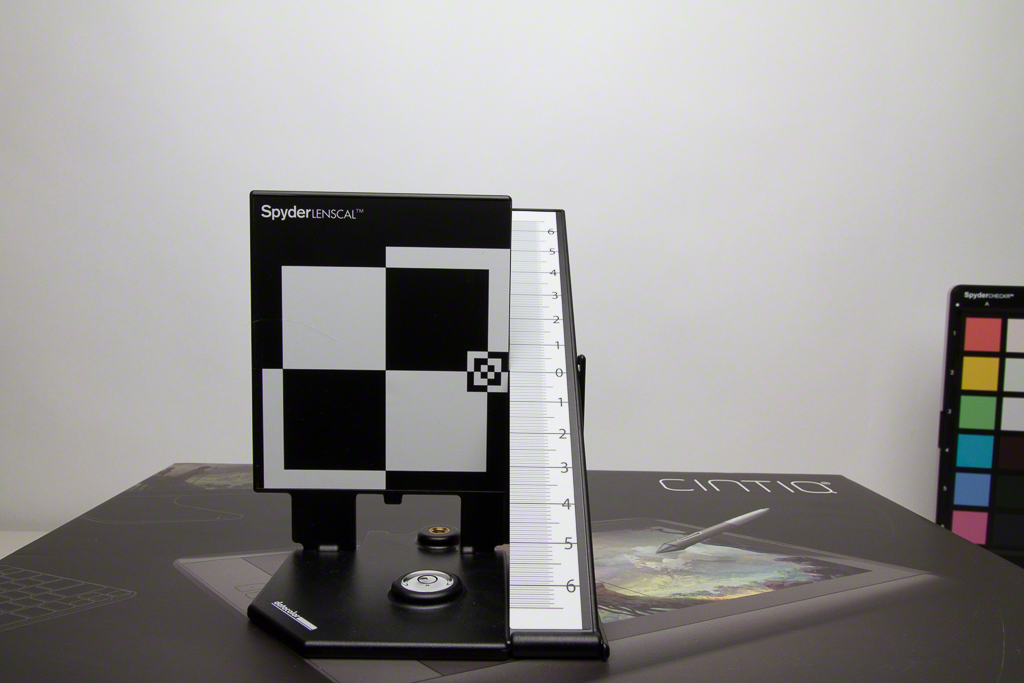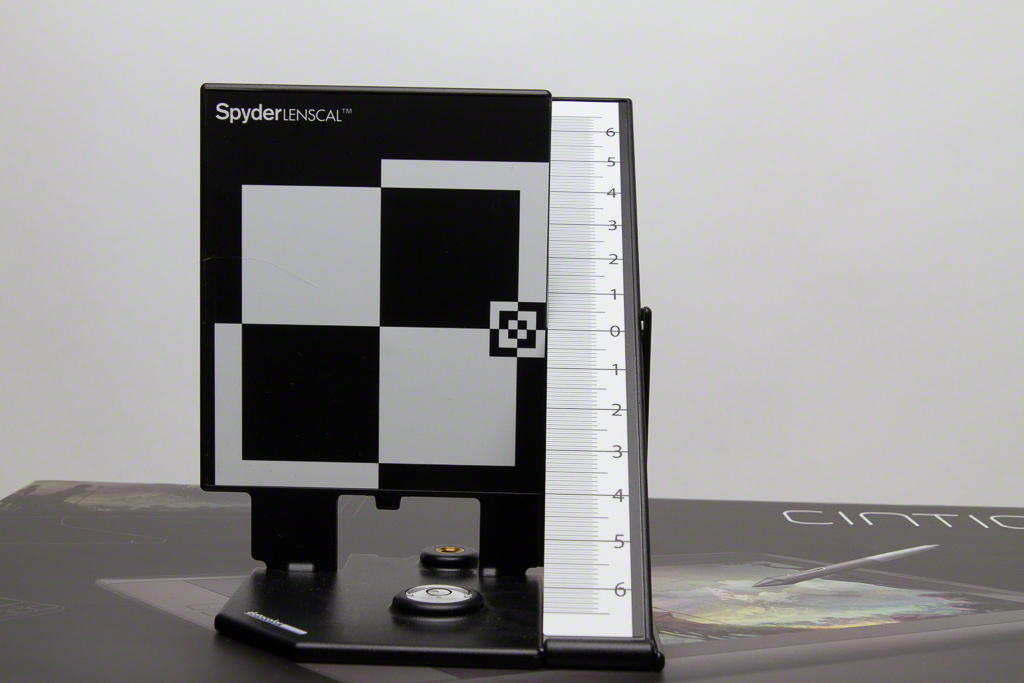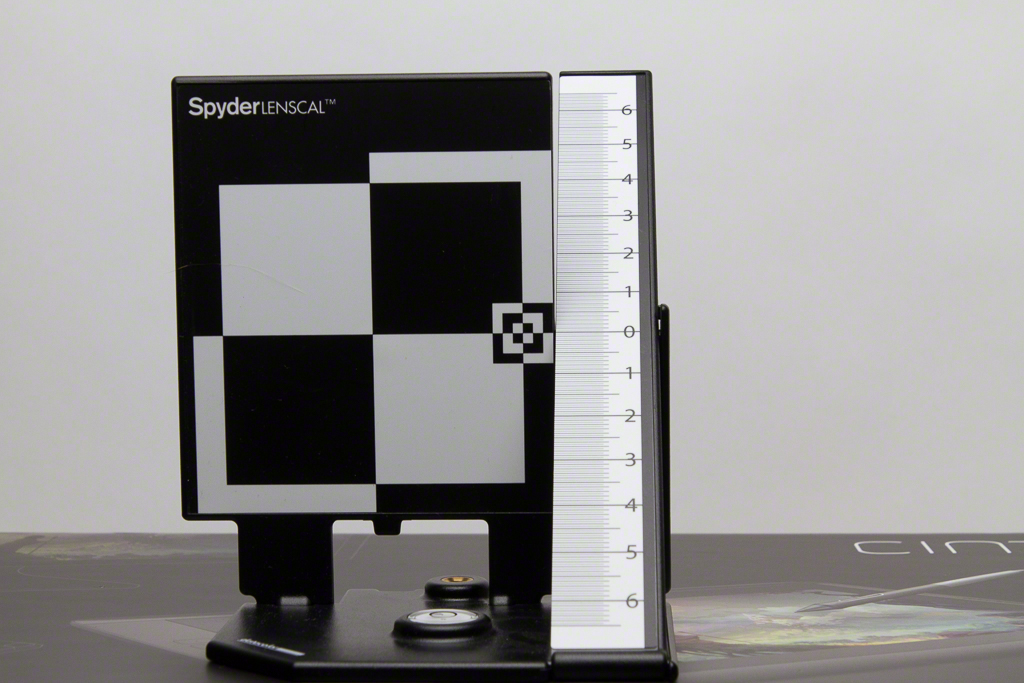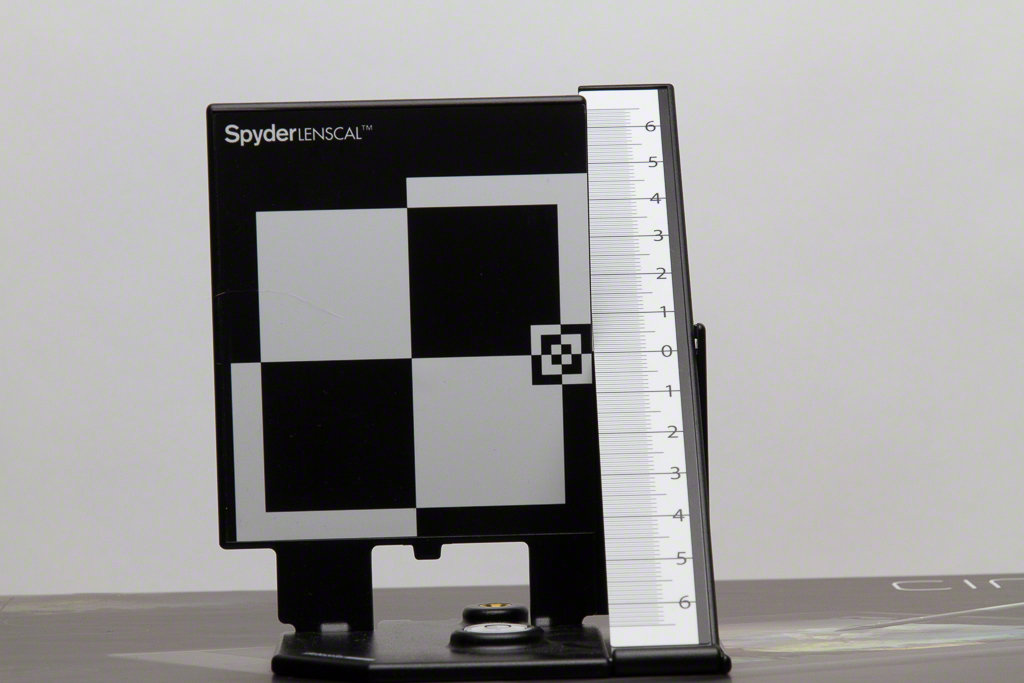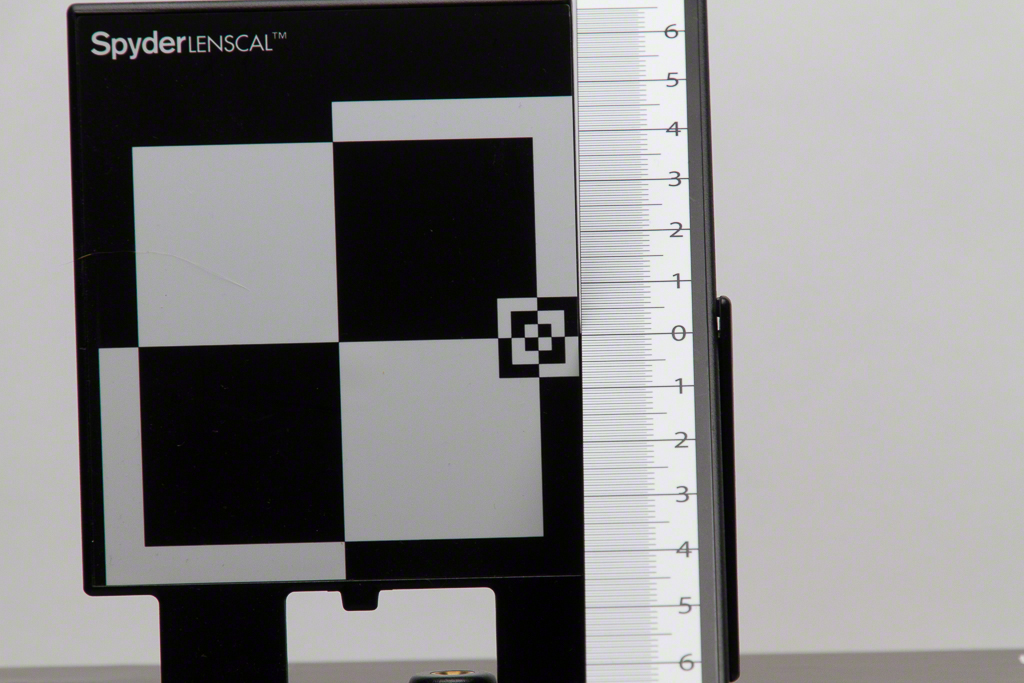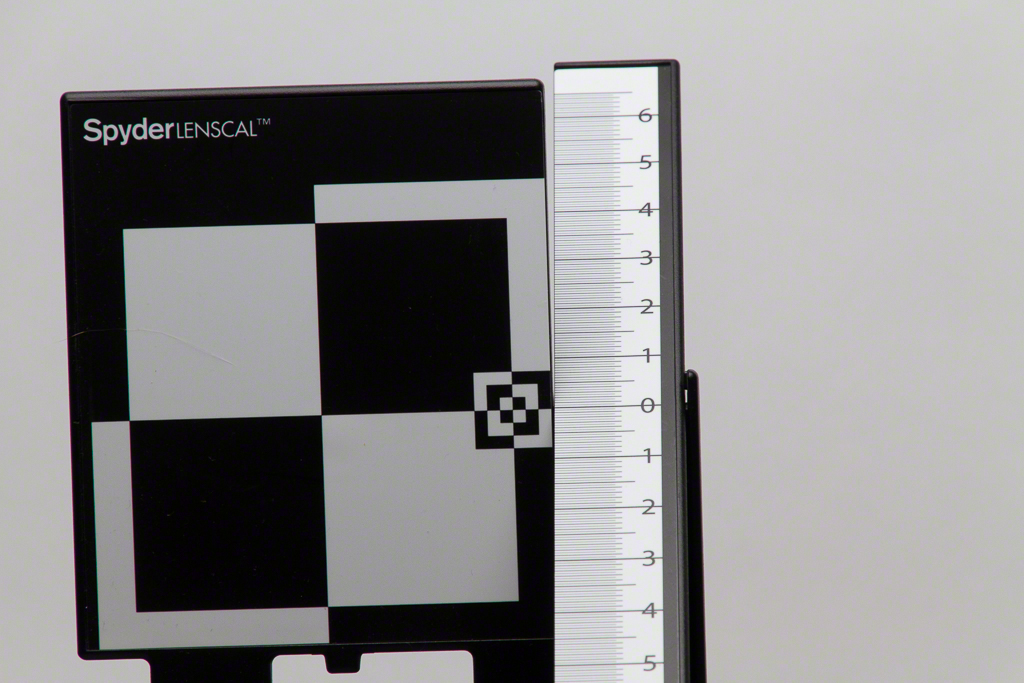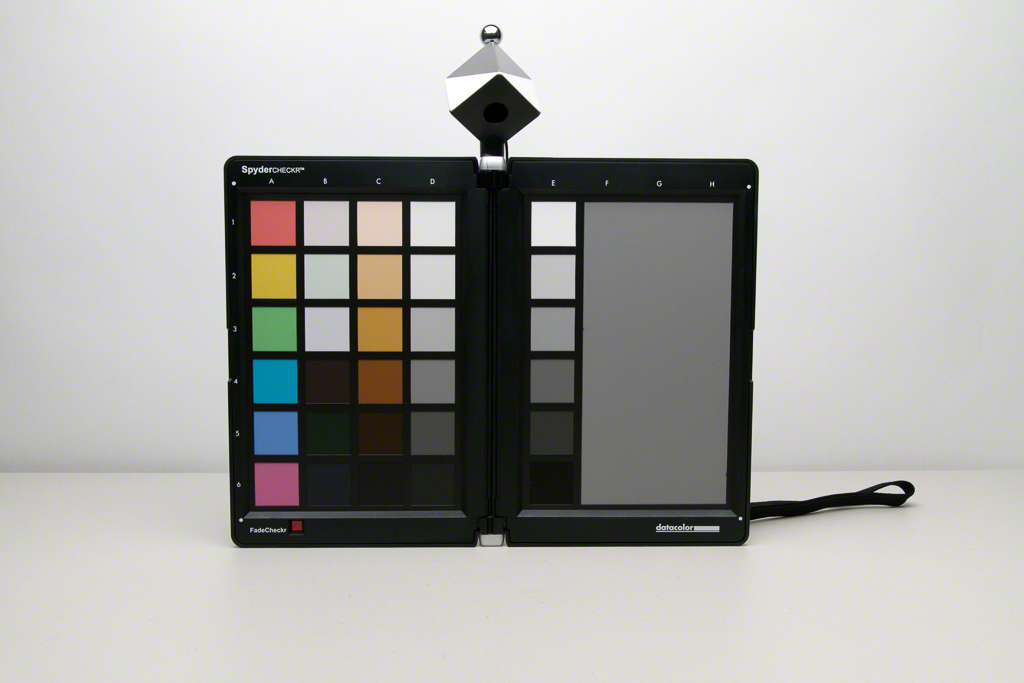REVIEW : Tamron 16mm-300mm f:/3.5-6.3 Di II VC PZD
/This is the first of what I hope will be three different reviews of what photography writers like to call "The One Lens". We're not speaking of something Tolkeinesque or the unicorn of lenses, we're speaking of the one lens that you would carry with you when you only wanted to carry your DSLR and one lens and have that lens be useful for pretty much everything.The lens I will start with is Tamron's new (second version) of their wide to long telephoto zoom. This lens is designed for crop sensor cameras, having a sensor ratio of 1.5:1 or 1.6:1. So your Nikon D5XXX, D7XXX and the like bodies and all Canon bodies from the 7D on down in price point. The focal length measurement on the box is as if this was a lens for full frame but it isn't so on a Nikon or Sony this is effectively a 24mm-450mm equivalent. On a Canon, this is a 25.6mm-480mm equivalent. And those are the mounts available.
The maximum aperture is a variable, for cost and weight reasons, starting at f:/3.5 at the widest angle, dropping to f:/5.0 when the barrel marker hits about 50mm and f:/6.3 after about 200mm on the barrel. So in most cases, this is an outdoor lens (but more on challenging that later). In order to get the shutter speed you want to have for crisp images (1/focal length in use is a good standard), you may find yourself pressing for higher ISO settings so be confident in your camera sensor's low light capability before embarking down this path. Cameras with CCD sensors that tend to go south much past ISO 800 are not optimal platforms for a lens with this limited light gathering capability.
This lens is a twist zoom and when zoomed out to 16mm it is short and very compact and at f:/3.5 will suit well for travel photography, perhaps even inside museums. Outdoors it will be terrific. Zoom all the way in to 300mm and the lens becomes Gepettan, meaning it becomes a stunning twin to Pinochio's nose growing in length to nearly a foot long. Thank goodness it stays nice and light. There is a simple lock to lock the lens at 16mm to prevent zoom creep if carried facing down.
This second generation lens has improvements in the lens elements and also improved Vibration Compensation (VC), Tamron's nomenclature for stabilization. The Sony mount has no in lens VC instead depending upon Sony's in body stabilization.
Construction is complex with 16 elements in 12 groups, expected in a lens of 18.8x zoom range. This lens also does decent close up work (calling it macro is mcmarketing) at 1:2.9 ratios or about ⅓ life size. This brings the close focus distance to 15.3 inches. That's quite impressive in a lens that wound in is only 3.9 inches (99.5mm) long and weighs 19ozs (540g). It takes 67mm filters and there are 7 aperture blades for those who get excited counting blades to try to guess what the bokeh will look like. It comes with a flower petal bayonet mount plastic lens hood which is useful at 16mm and for the most part useless at 300mm. This isn't Tamron's fault, it's the reality of a single lens hood for such a wide zoom range.
To keep things sharp, minimize distortion and manage colour fringing, the lens has both Low Dispersion and Aspheric lens elements. Considering a Canadian street price of under $700, photographers who have been around for a while will smile wistfully remembering what aspheric element lenses used to cost.
The PZD stands for the new focus drive system powered by Piezo electronics. This improves focus response over the prior version which while accurate has been characterized as achingly slow.
Testing
For my test, I shot this lens mounted on a Canon 7D. Thanks to Chris Atkinson at Henry's Newmarket for help arranging the testing. The whole kit including battery grip is very manageable and I can definitely see going on a vacation with just this lens on the camera. I tend to overload when I travel and it gets out of hand very quickly so a one lens, one body kit with just a flash in my pocket would be very nice.
Please note that third party lens makers always have to make a helicoid rotation decision. Tamron lenses rotate like Nikon lenses, so Canon users will have to get used to focusing "the other way" when on manual focus.
My first shots were acclimitization shots, so done with the ISO punched up to 6400 and shooting handheld in what can only be characterized as crappy indoor light. Either I have gotten a lot steadier, or the VC really makes a difference. I was handholding at 1/60 with the lens zoomed all the way in to 300mm and getting very sharp images with the aperture all the way open.
In my testing, I found some visible but not horrible barrel distortion at the wide settings, that is pretty much gone by the time you get to 28mm on the zoom range. This distortion is correctable in Lightroom or Adobe Camera Raw using the Lens Corrections that are built in. Pushing into the 300mm focal length there is pincushion distortion that is less evident unless you have straight lines at the edges. It's not awful and is readily corrected in post-processing. I found the contrast falloff at the wide angle range to be subtle but there, much less evident at 300mm. Vignetting exists as well at 16mm but is correctable via lens correction in post.
When first unboxed, I found the zoom ring to be unpleasantly stiff. Certainly no risk of lens creep. As I have shot the lens for a few days now, it has loosened up to be much more usable and there's no indication of coming sloppiness.
Since the lenses I own are almost entirely Canon's L glass, I am accustomed to the weight and metal construction of the Canon lenses. The Tamron, being a primarily plastic body is significantly lighter. The lens elements are all glass though. I try to be very careful with my lenses, but I would be concerned about the Tamron if it got bounced around.
Is this the magical unicorn of the one lens? Have a look at the sample images and make up your own mind. I liked it better than the Sigma 18-250 or Tamron's own 18-270. Yes it is more money, but I think you are getting a fair bit more for your money here. I much preferred it to Canon's 18-200 (despite multiple tests, it's just not that good) and it compares very favourably with Nikon's 18-300 DX lens.
Here we have a series of sharpness tests and a colour check. These are JPEGs right from the RAW.
Overall, this is a really great piece of kit. It has wonderful range at a fair price for the capability that it delivers. If you are shooting Canon, I cannot think of a better choice. If you are shooting Nikon, it is a strong alternate to Nikon's own 18-300.


